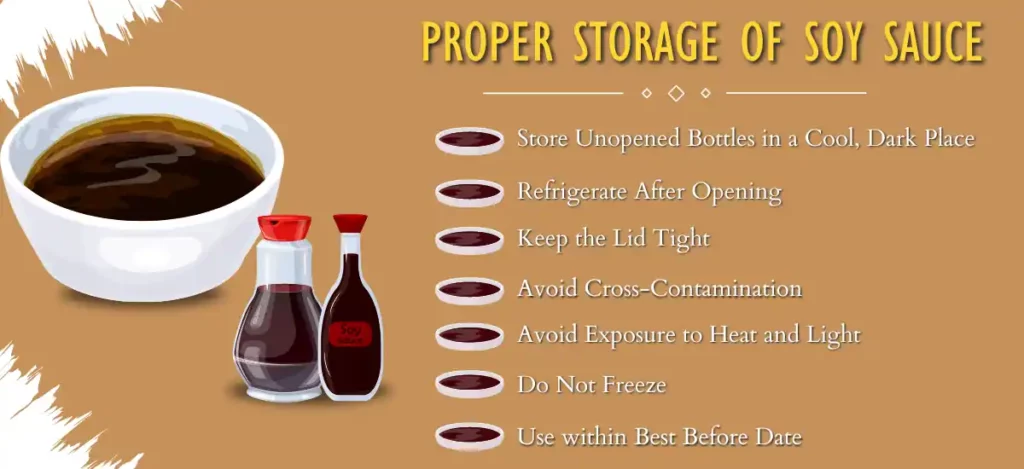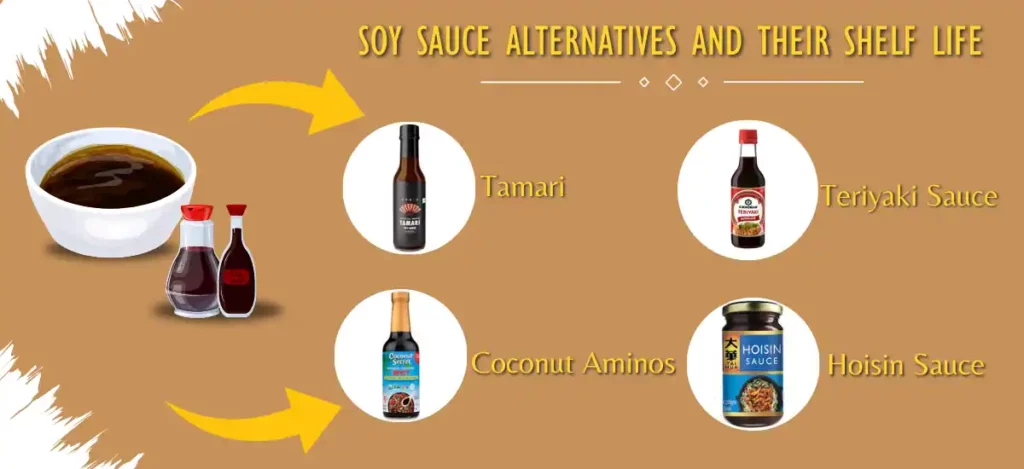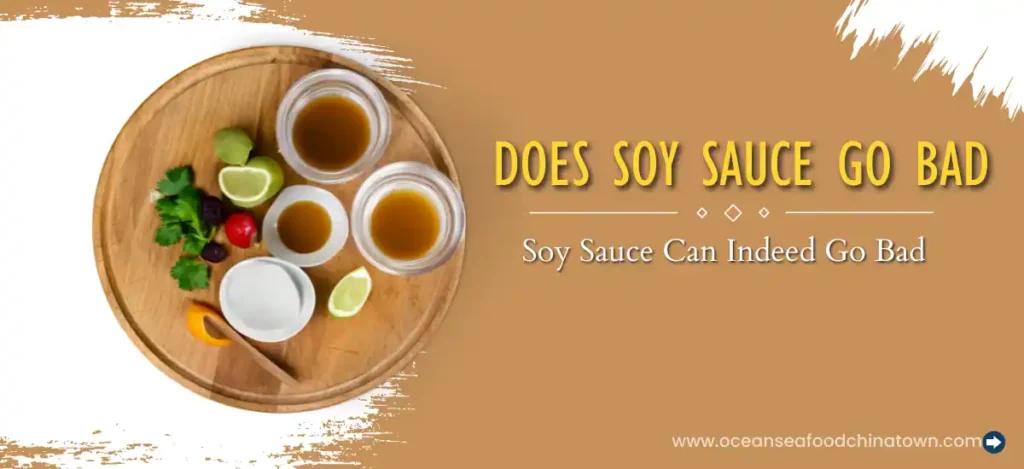Like most food products, soy sauce can indeed go bad, but it takes quite a long time due to the fermentation and high salt content that act as natural preservatives. Unopened soy sauce can last up to three years when stored properly, while an opened bottle can retain its quality for up to two years in the refrigerator.
However, these timelines are not set in stone. The shelf life of soy sauce can be affected by several factors, including the type of soy sauce, its packaging, and the storage conditions. Understanding the shelf life of soy sauce is crucial for several reasons. Firstly, it helps you to avoid food waste by ensuring you only buy as much as you can use before it spoils.
Secondly, it ensures you’re always using the best quality soy sauce in your cooking, which can significantly impact the taste of your dishes. Lastly, knowing the signs of spoilage can prevent potential health risks associated with consuming spoiled food products.
What Is Soy Sauce?
Soy sauce is a traditional condiment that originated in China over 2,000 years ago. It is made by fermenting soybeans with salt and a specific type of mold known as Aspergillus. The resulting mixture is then combined with a grain, usually wheat, and left to ferment for several months.
The final product is a dark, salty liquid with a complex flavor profile that can range from sweet to umami, depending on the specific type of soy sauces. There are several types of soy sauces, including light, dark, sweet, and tamari, each with its unique characteristics and uses.
Proper Storage of Soy Sauce

- Store Unopened Bottles in a Cool, Dark Place: Soy sauces should be stored in a cool, dark place like a pantry or cupboard. This helps to maintain its quality and extends its shelf life.
- Refrigerate After Opening: Once opened, it’s advisable to store soy sauces in the refrigerator. The cool temperature helps to slow down any potential degradation of the sauce and keeps it fresh for longer.
- Keep the Lid Tight: Always ensure that the lid or cap of the soy sauces bottle is tightly sealed after use. This prevents exposure to air, which can lead to oxidation and affect the quality of the sauce.
- Avoid Cross-Contamination: Never put used utensils back into the soy sauces bottle. This can introduce bacteria or food particles, which can lead to spoilage.
- Avoid Exposure to Heat and Light: These elements can degrade the quality of soy sauces over time, leading to changes in flavor and color.
- Do Not Freeze: Freezing is not recommended for soy sauces as it can alter the texture and flavor of the sauces.
- Use within Best Before Date: While soy saucse has a long shelf life, it’s still advisable to use it within the manufacturer’s suggested best before date for the best quality and flavor.
Soy Sauce Alternatives And Their Shelf Life

- Tamari: Tamari is a Japanese soy sauce that is typically wheat-free, making it a great alternative for those with gluten intolerances. It has a rich, savory flavor and is often used in place of regular soy sauce. Unopened tamari can last up to three years in a cool, dark place. Once opened, it should be refrigerated and used within six months to a year.
- Teriyaki Sauce: This is a sweet and tangy sauce that’s often used in Japanese cooking. It can be used as a marinade, glaze, or dipping sauce. Unopened teriyaki sauce can last up to three years in a cool, dark place. Once opened, it should be refrigerated and used within a year.
- Hoisin Sauce: This is a thick, fragrant sauce often used in Chinese cuisine. It has a sweet and spicy flavor and can be used in stir-fries, marinades, and as a dipping sauce. Unopened hoisin sauce can last up to 18 months in a cool, dark place. Once opened, it should be refrigerated and used within a year.
- Coconut Aminos: This is a soy-free alternative made from fermented coconut sap. It has a slightly sweet, savory flavor and can be used in place of soy sauce in many recipes. Unopened coconut aminos can last up to two years in a cool, dark place. Once opened, it should be refrigerated and used within six months.
The Environmental Impact of Soy Sauce Production
Soy sauces production can generate a significant amount of waste, including leftover soybeans and brine. However, many manufacturers have adopted sustainable practices, such as recycling waste into animal feed or compost.
Frequently Asked Questions
Q1. Can soy sauce go bad if not refrigerated?
Ans. Yes, but it takes a long time due to its high salt content and fermentation process.
Q2. Does soy sauce expire?
Ans. Yes, even though it has a long shelf life, it can eventually go bad.
Q3. How long does soy sauce last after opening?
Ans. It can last up to two years if stored properly.
Q4. Can you get sick from old soy sauce?
Ans. Yes, if the soy sauces is spoiled, it can potentially cause food poisoning.
Conclusion
Understanding the shelf life, storage, and signs of spoilage for soy sauce is crucial for maintaining its quality and ensuring safe consumption. Remember, proper storage in a cool, dark place can significantly extend the life of your soy sauces. Always check for signs of spoilage before use and consider the environmental impact when choosing your soy sauce.
You May Also Like:
Related Post: Does Protein Powder Go Bad?
